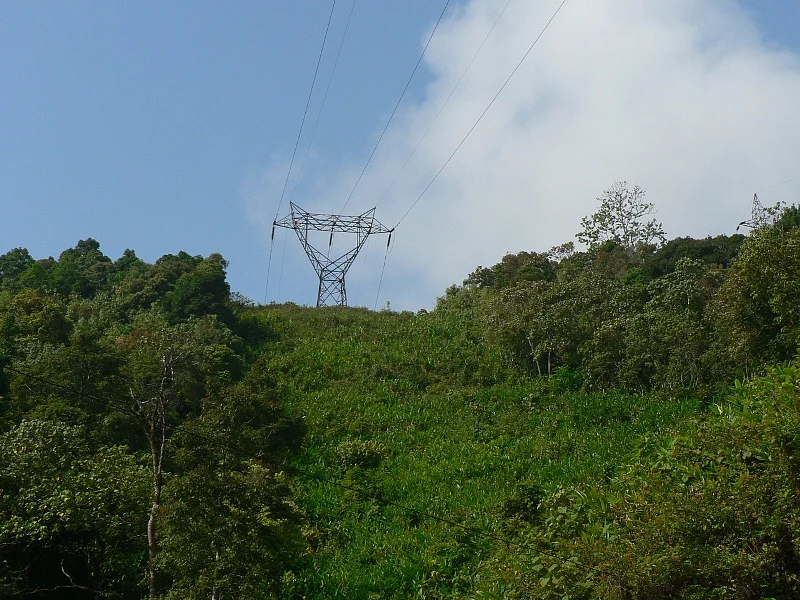Landscape level conservation planning for elephants in Karnataka
Following up on the preliminary findings of the Karnataka Elephant Task Force, this collaborative effort strives, firstly, to describe elephant distribution in the state reliably, and then, based on objective ecological and social criteria, to delineate these habitats in Karnataka into appropriate management zones.
Where are the elephants distributed in Karnataka?
The first step in designing conservation planning for elephants is to know their spatial distribution. Even such basic data are not available in most of the elephant ranges. In order to generate fine-scaled (i.e., beat level) distribution map for elephants in Karnataka, we pulled together on various kinds of data, including the locations of every dung transect that was walked by the Forest Department during the “census” exercises of 2010 and 2012 (through Karnataka Forest Department and Asian Nature Conservation Foundation), locations of elephant sightings or signs obtained during NCF’s surveys in the Western Ghats and nearby areas, village level locations of conflict from recent published literature as well as location data collected by different researchers working in Karnataka. All these data were used to generate state-level distribution map of elephants in Karnataka.
Making sense of landscape connectivity
One of the ecological variables that we wish to estimate and incorporate in the conservation planning for elephants in Karnataka is the connectivity value of a given forest beat in the landscape context for the elephants. A higher connectivity value could help prioritise a given forest beat higher for conservation if it also meet other ecological and social criteria. Our approach for understanding connectivity is not only based on in characterising structural connectivity of the elephant habitats but also in understanding the functional connectivity of the landscape. We apply the graph-theoretic approach to characterise habitat connectivity and identify the most important forest beats and links for conservation prioritisation at relatively large scales.
Conservation planning for elephants in Karnataka
India currently attempts both a land-based and a species-focused approach to elephant conservation. While both these conservation approaches may work well for wildlife species that are restricted to protected areas, the land-based and species-focused approaches come into conflict especially for a large and potentially-dangerous animal like the elephant that tends to occur widely outside the boundaries of protected areas. While we can, and indeed must, prioritise the conservation of elephant within designated conservation landscapes can we accord the species the same privilege in the unfortunate situations where they occur far from conservation areas, often in the heart of human dwelling and production areas? How do we address the management of this species in the wild in such a situation? We are exploring an approach of zoning the elephant’s range such that we can more reasonably assign management objectives that better reconcile its conservation with human priorities. Finally, we will explore broad management approaches for these zones, and identify indicators to measure overall status and effectiveness of such a management approach.

